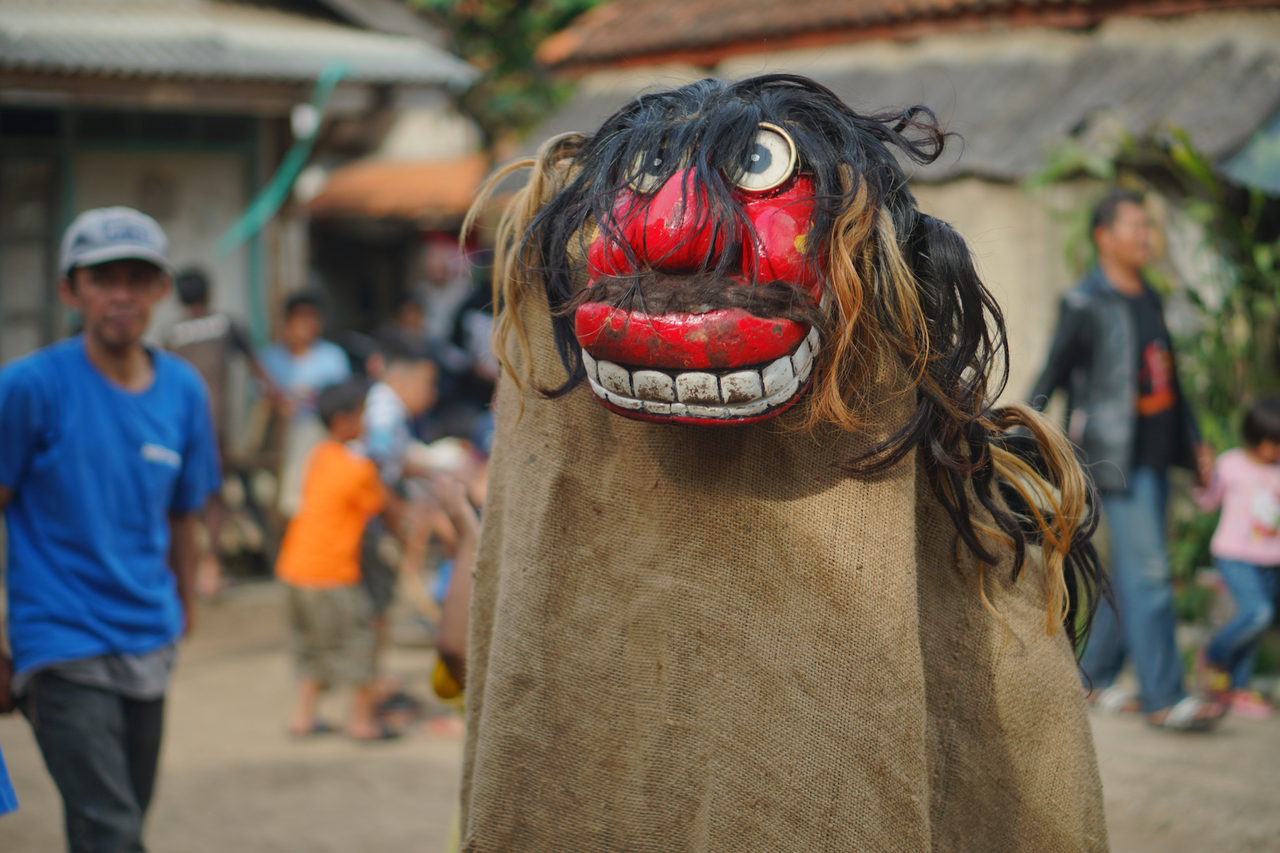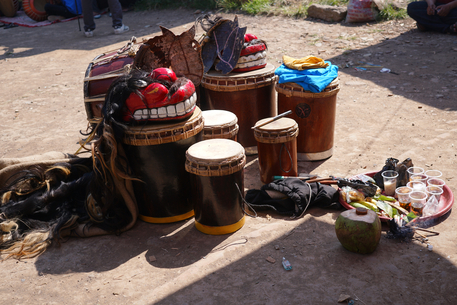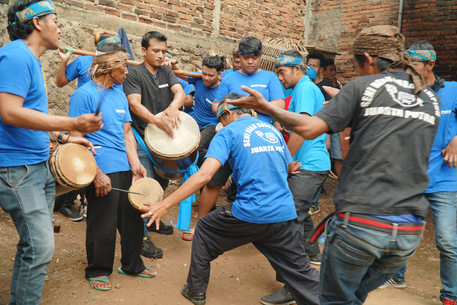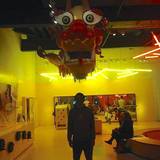Written by:
Edited by:
Share article:
Introduction
A vivid example is kasenian réak - the réak performative art. It is a community-based art; music performance celebrating life achievements most notably for weddings, circumcisions, institutions’ anniversaries and occasionally city folk festivals.
The name réak is reported to come from the expressions “eak-eakan” or “ngareuah-reuah” and is defined as “festive sounds produced by musicians to get the villagers’ attention”. Réak is related to a genre or style of Javanese “horse trance dances” known as “jaranan” from Central and East Java. More well-known forms are the jathilan, kuda lumping and kuda kepang as well as reog ponorogo, ebeg and buto.
In East Bandung, approximately from Cibiru to Rancakalong, réak is typically performed twice during the arak-arakan, a mostly neighborhood-based parade around circumcisions meant to inform and gather friends and family from the village, the day of the event. The area provides a dynamic socio-economic settlement called desa that sits between a traditional rural village and an urban landscape. Almost all réak performances observed for this article were held for such events and in those places, especially in the areas of Cibiru and Cinunuk.
While the performance itself is quite elementary, a deeper analysis of its elements, components, history, aesthetic, ethic and social values reveals a complex structure of interaction between beliefs, different class populations, historical figures, and art forms.






